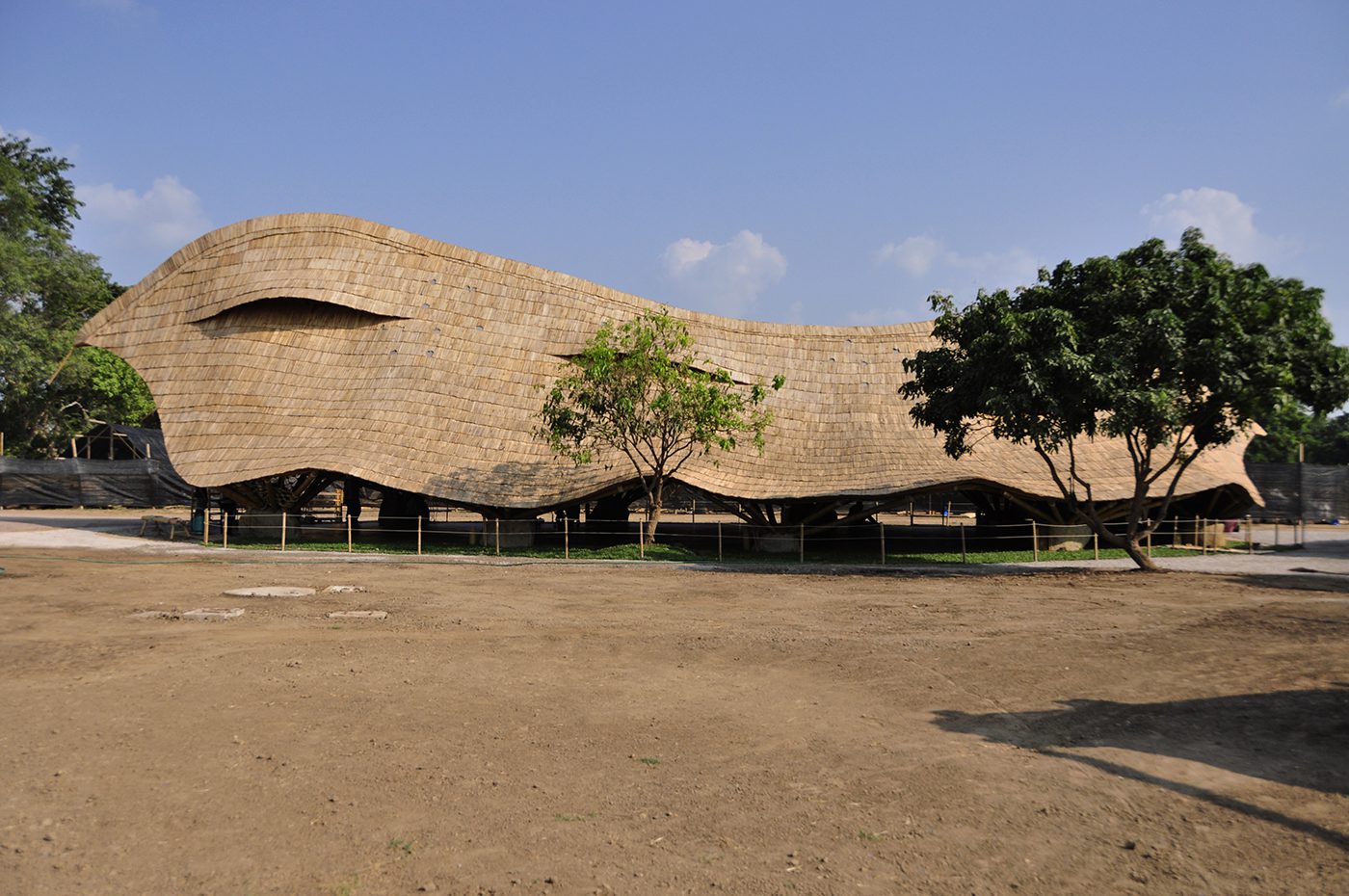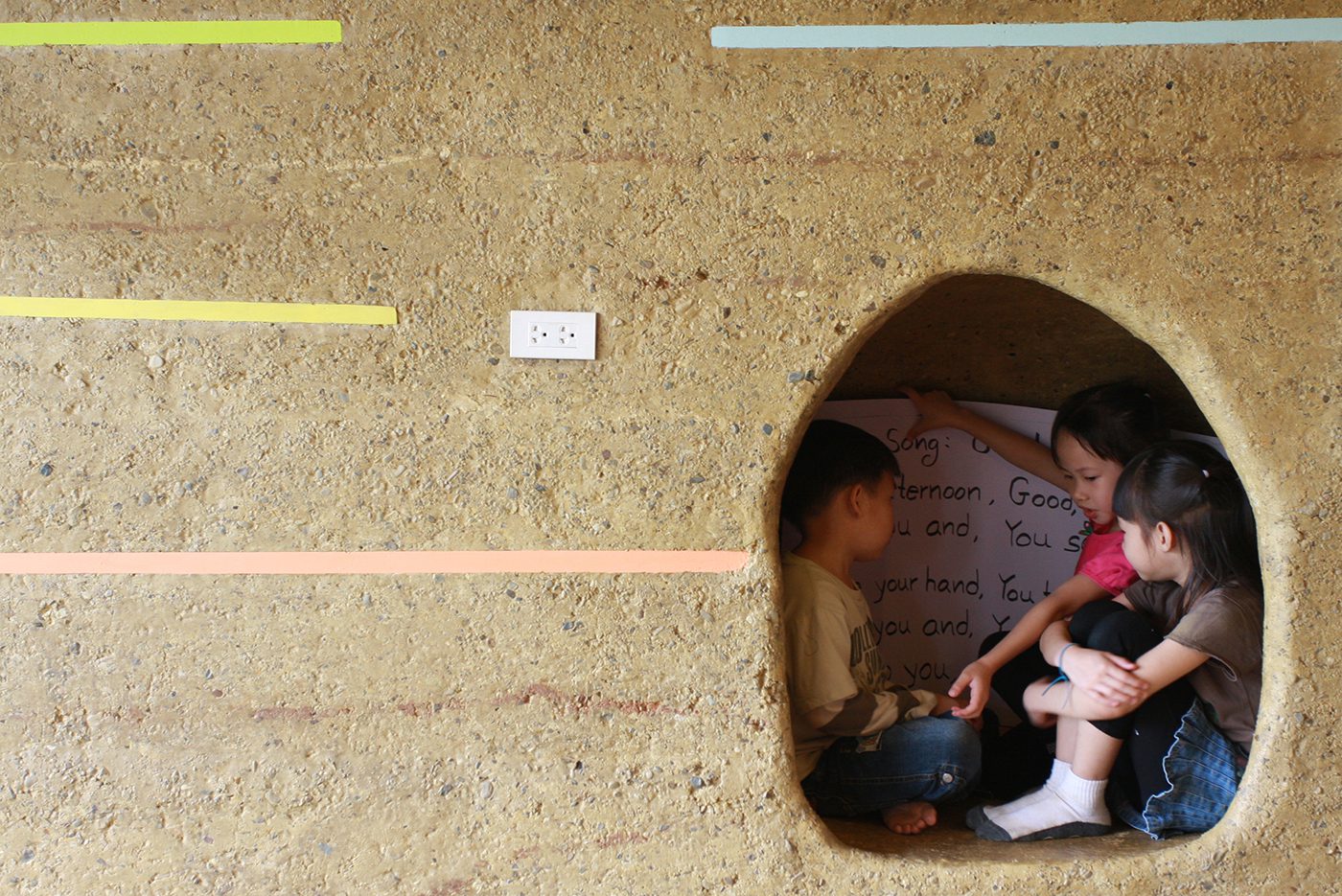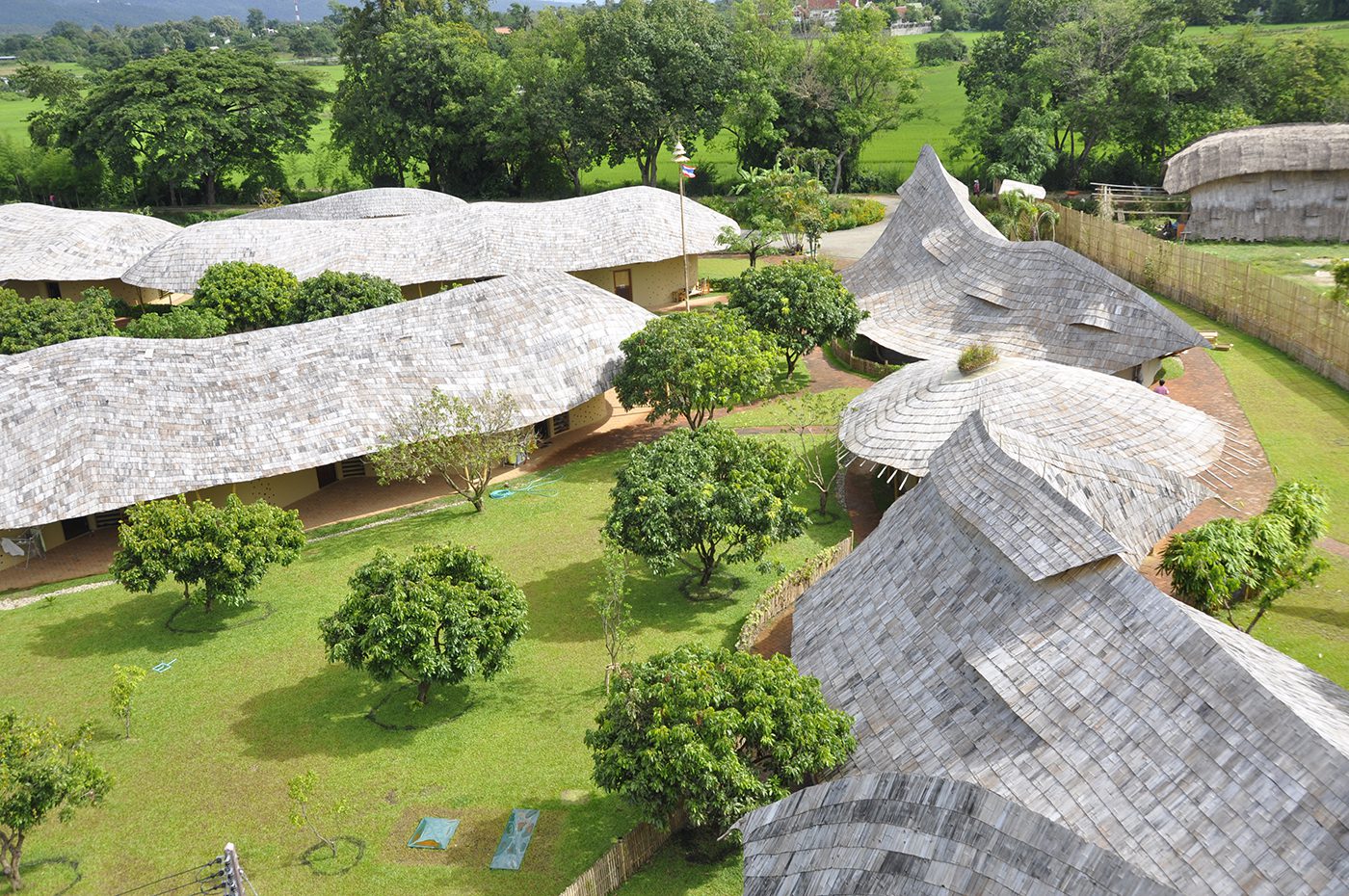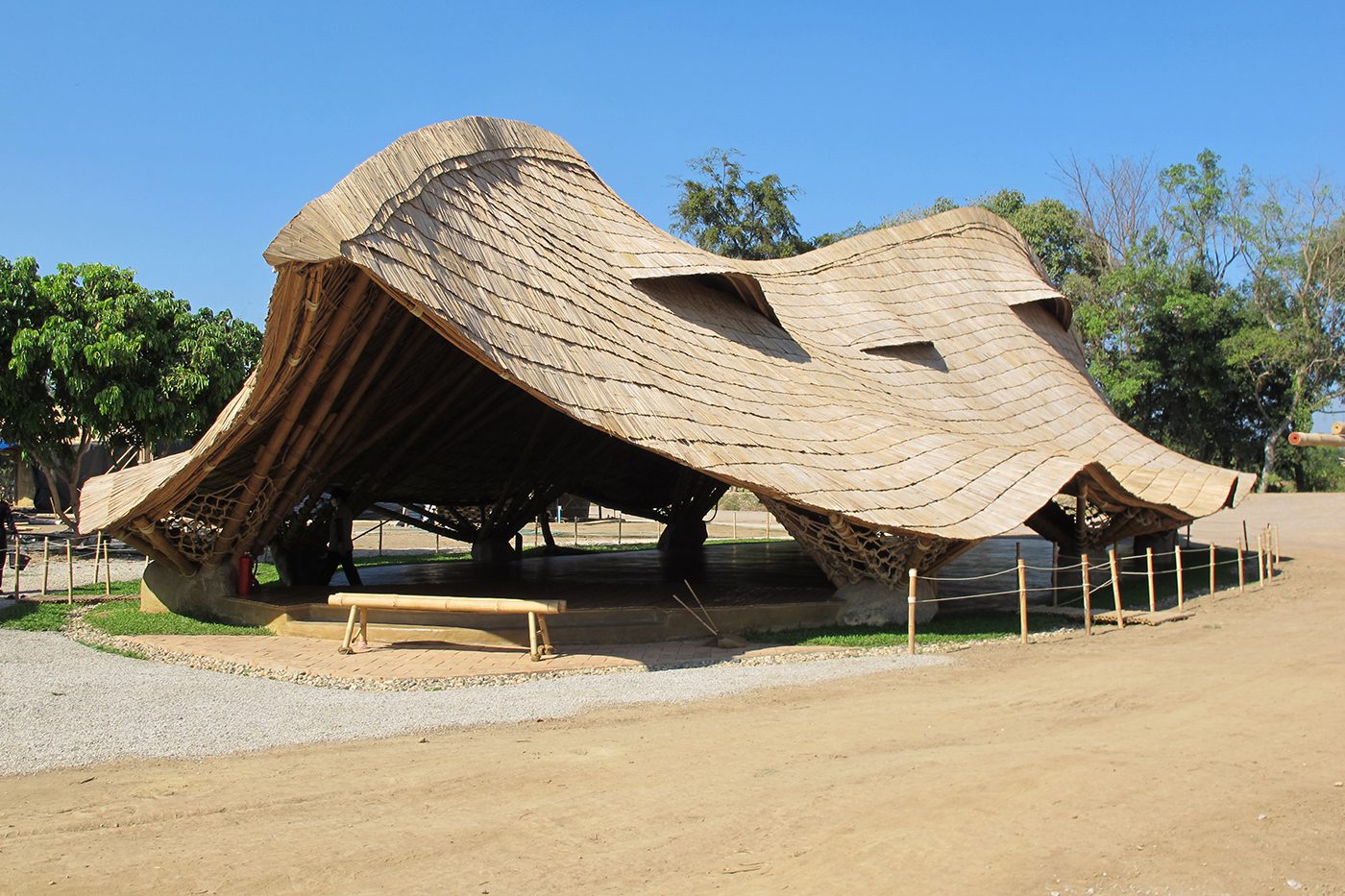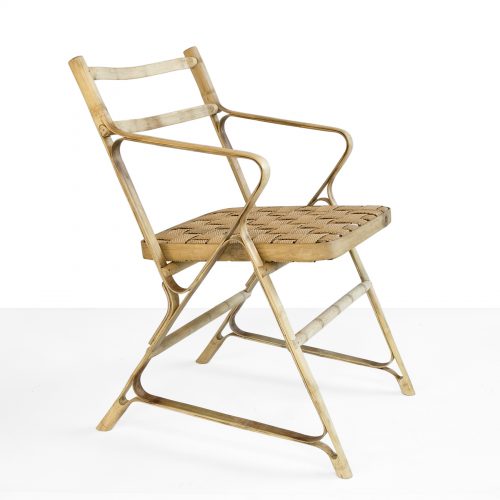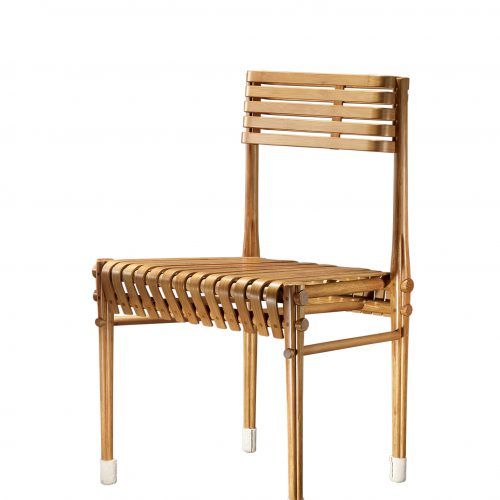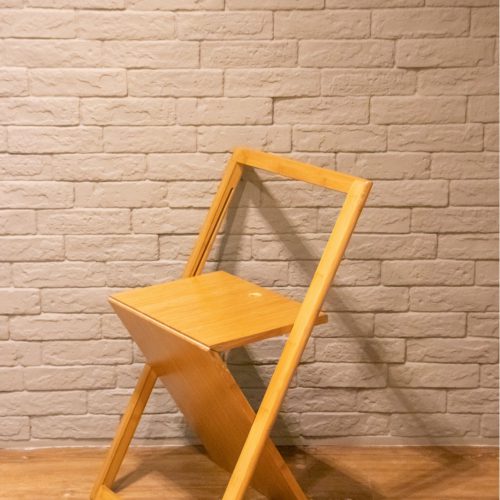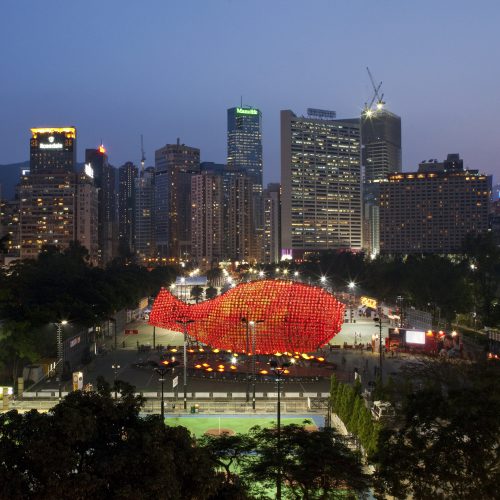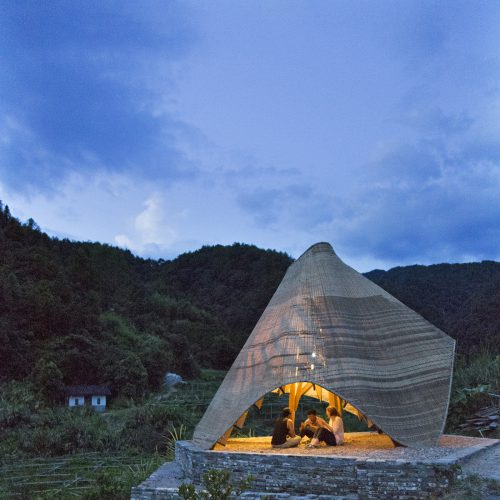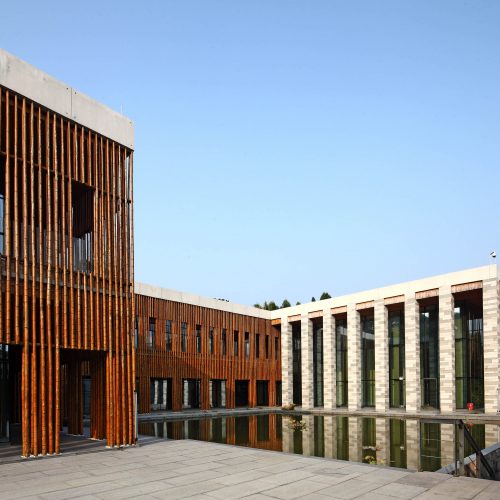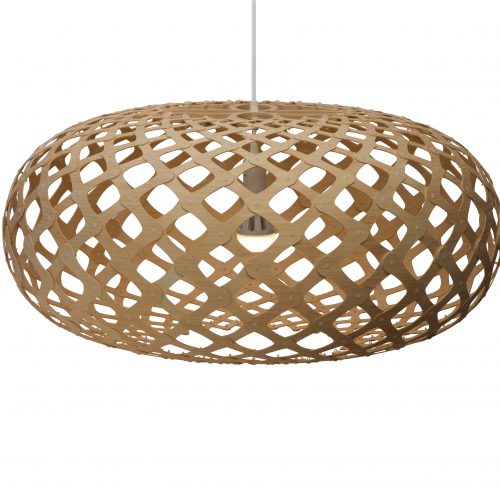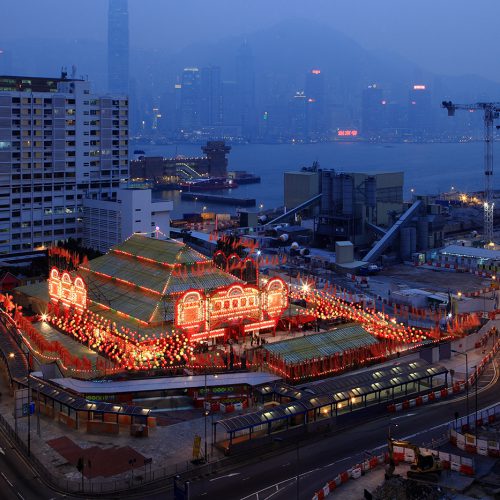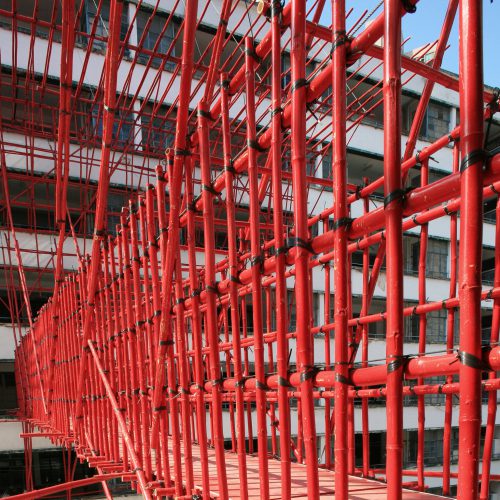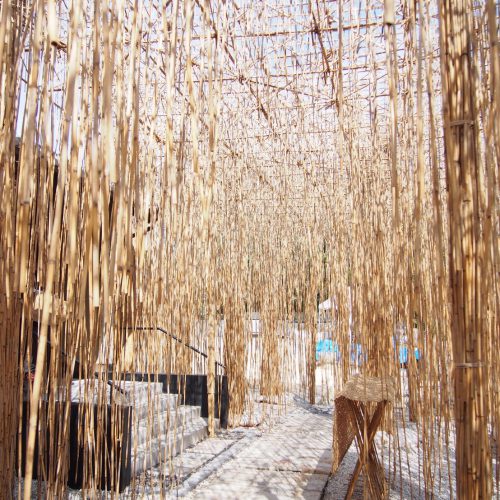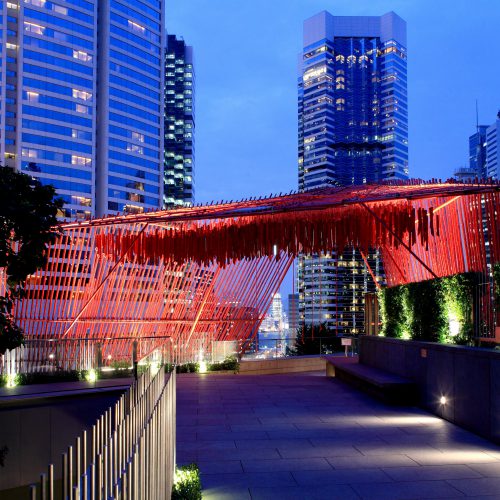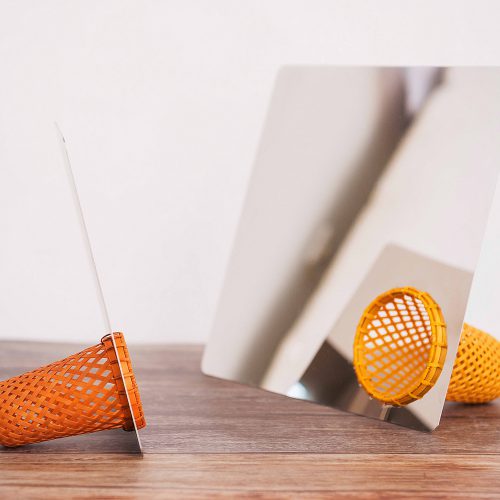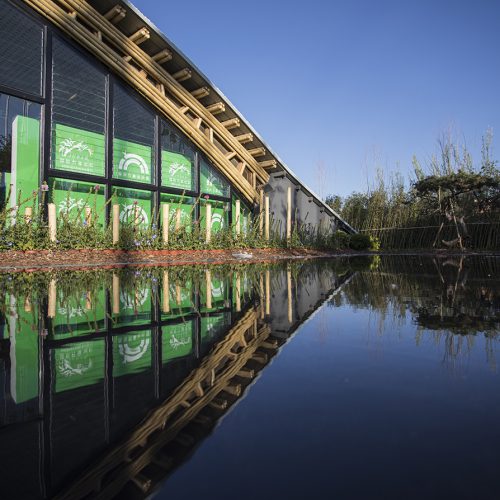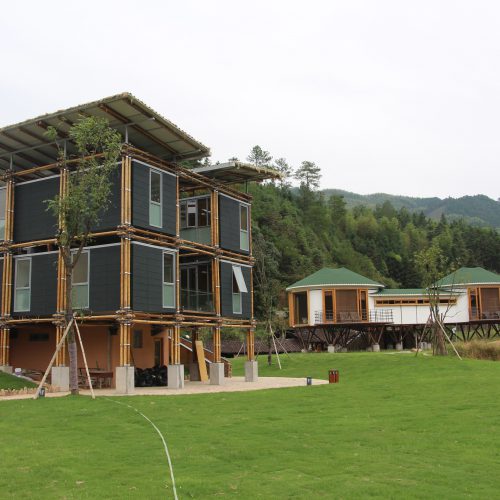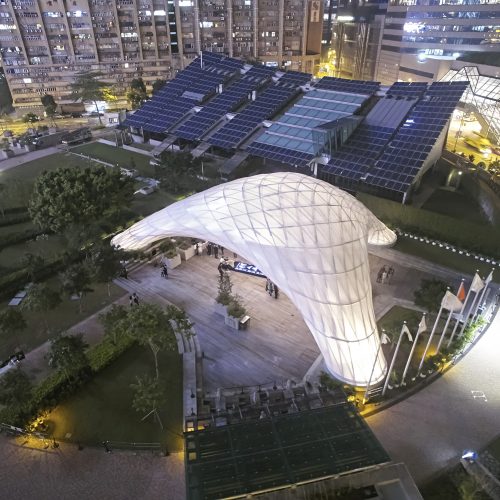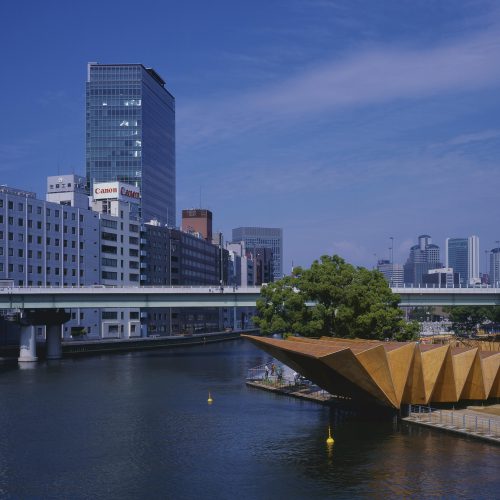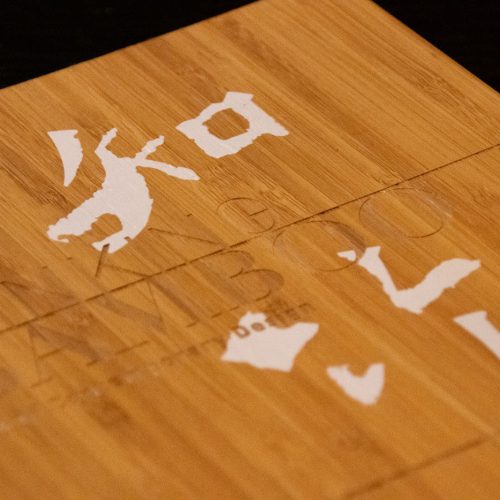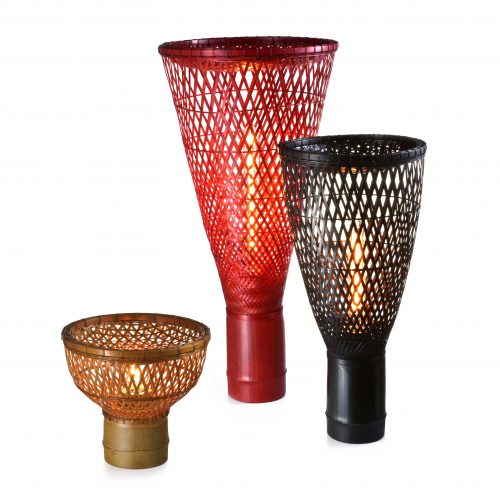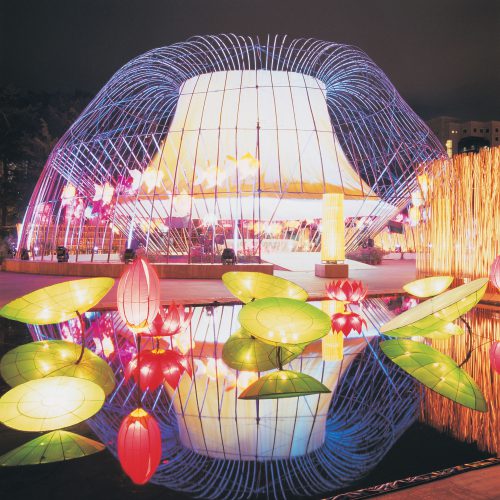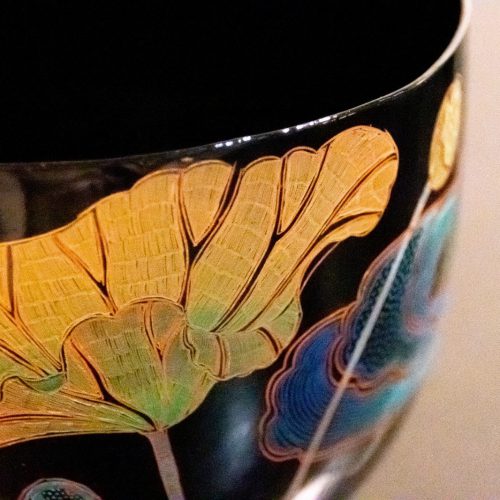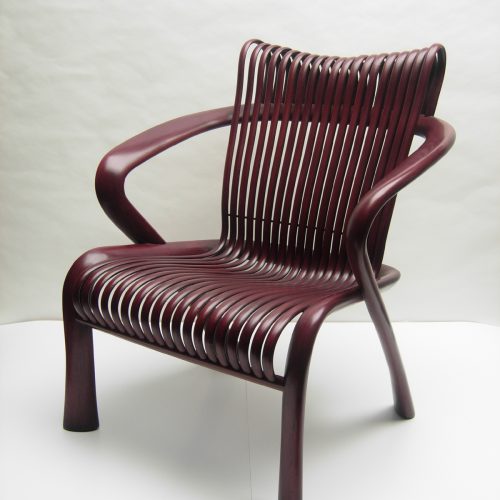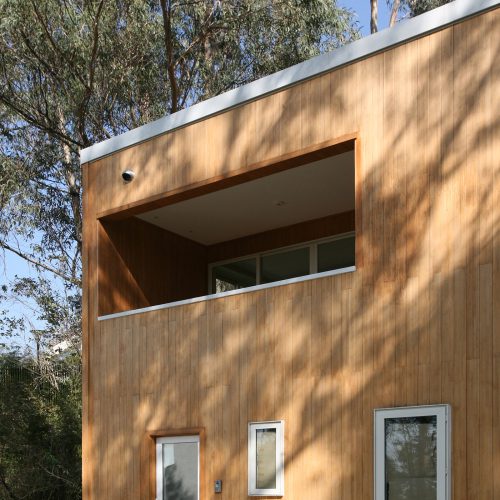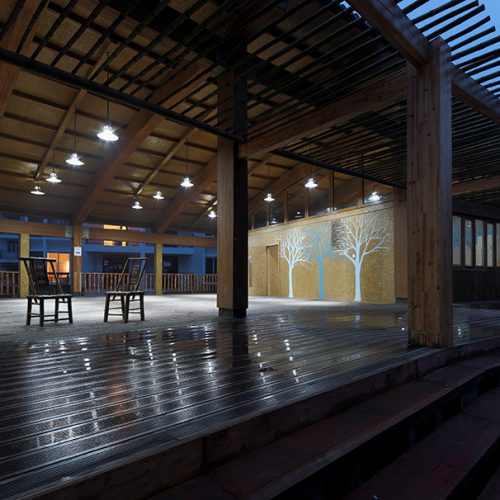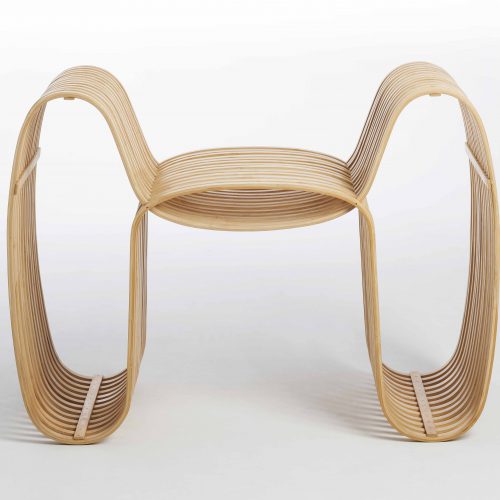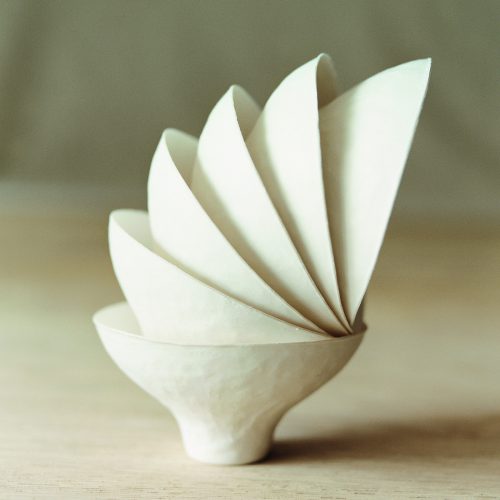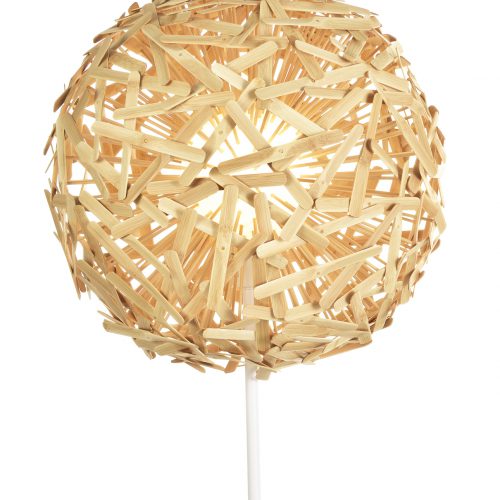Exhibitor’s Stories
How bamboo is made to achieve an educational mission
Bamboo, as an organic material, is naturally waterproof. In many cultures, hollow sections of bamboo are crafted to carry water or be used as a cooking or serving vessel. Thanks to its water-resistant properties, bamboo was chosen by architects at 24H Architecture for building a number of large pavilions for teaching, activities, and amenities on the 5,000 square-metre campus of the Panyaden School south of Chiang Mai, Thailand. Designed to accommodate 375 students, the school offers a holistic education based on Buddhist teachings. In particular, students are encouraged to lead mindful and environmentally conscious lives. To this end, bamboo, teak leaves, clay, recycled wood, and stone were used to build these shelters to promote cross-ventilation, thus need for air conditioning is eliminated. The environmental ethics embodied in the construction serves as an experiential learning opportunity for the students, who are taught to be kind to one another, and to the world they live in.
